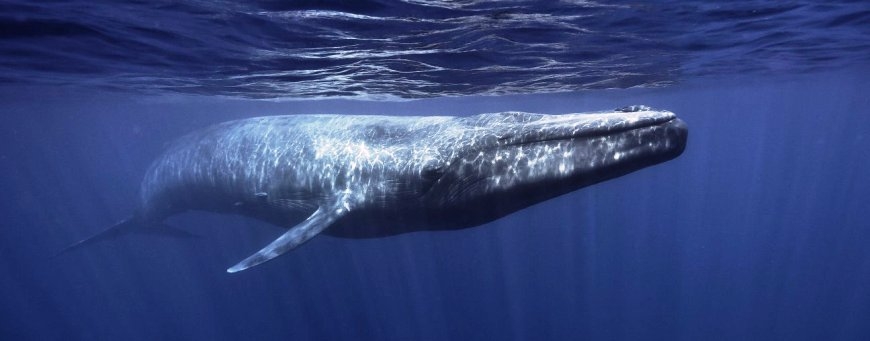A big death demon for marine life: Small micro plastic particles
Rome, February 7: Whenever one is asked about the marine pollution the thing comes to mind is any turtle caught in plastic six-pack rings or seabirds choking on floating plastic debris but that is not enough as the plastic is visible to naked eye but the pollution and harm caused by the microplastic particles is much higher than that of the visible plastic. As the microplastic particles have an effect on sharks and whales.
A new study found that the smallest plastic particles can affect the largest ocean animals. Researchers from the U.S., Australia, and Italy wrote that some whale and shark species are at risk from microplastic pollution — minuscule particles of plastics that float, unseen, in oceans worldwide.
Filter-feeders include baleen whale species, like Humpbacks, Grey whales, and Blue whales, that have no teeth. Instead, the baleen whales have a keratin-based filter that they use to strain food like krill and plankton out of the water. These animals sometimes imbibe thousands of cubic meters of seawater a day in order to get their fill of plankton. Now, the researchers discovered that while the filter-feeders are filtering out and munching on their plankton meals, they’re also ingesting potentially toxic plastic particles. These microplastics are less than five millimeters long, are about the same size as a plankton snack.
Microplastics can come from a variety of sources. These plastics can be the remnants of larger plastic pieces that degraded over time and broke apart in the water. But they can also come from everyday, household products that contain plastic microbeads, like exfoliating soaps and toothpaste.
Whales and sharks are the pillars of their ecosystems. If these large animals are pushed to extinction, it could irrevocably alter these delicate marine ecosystems.